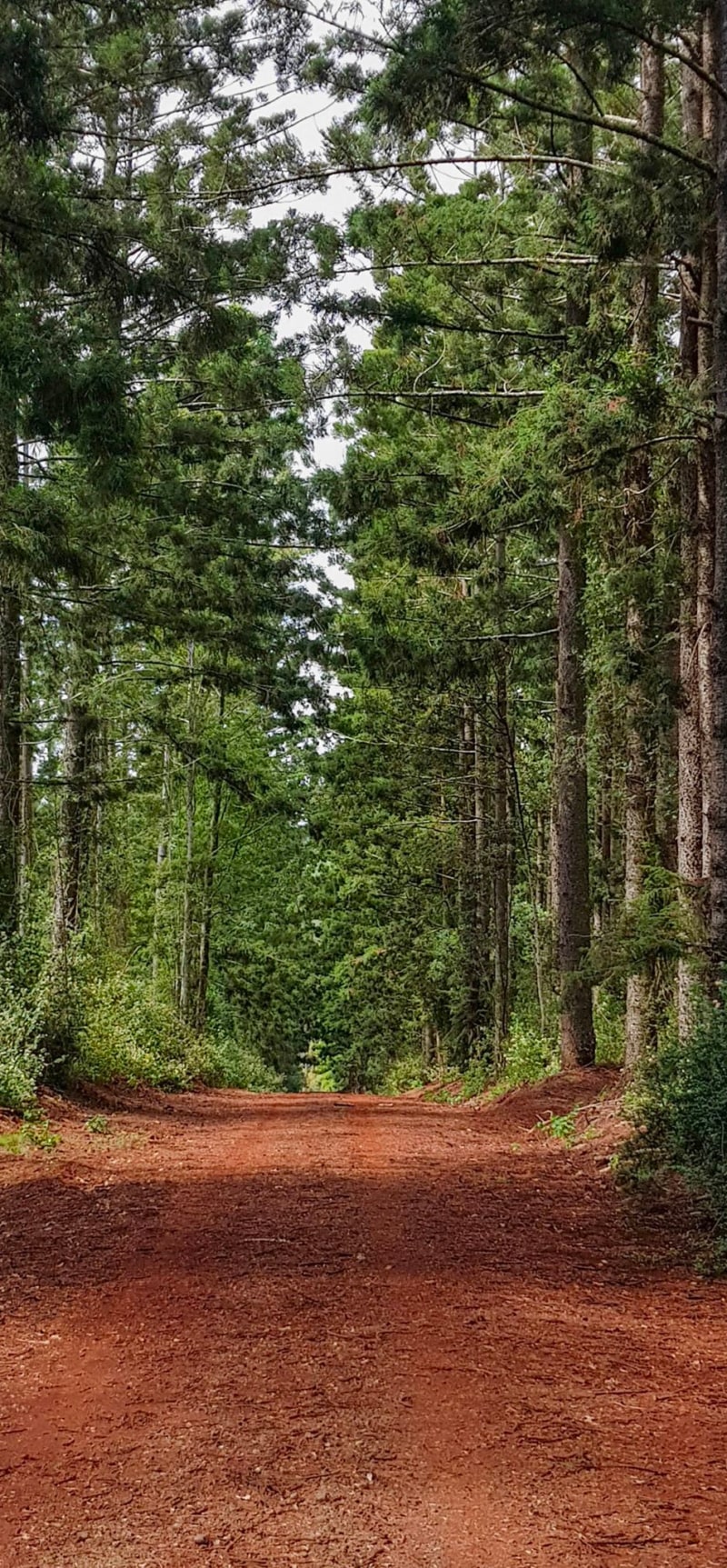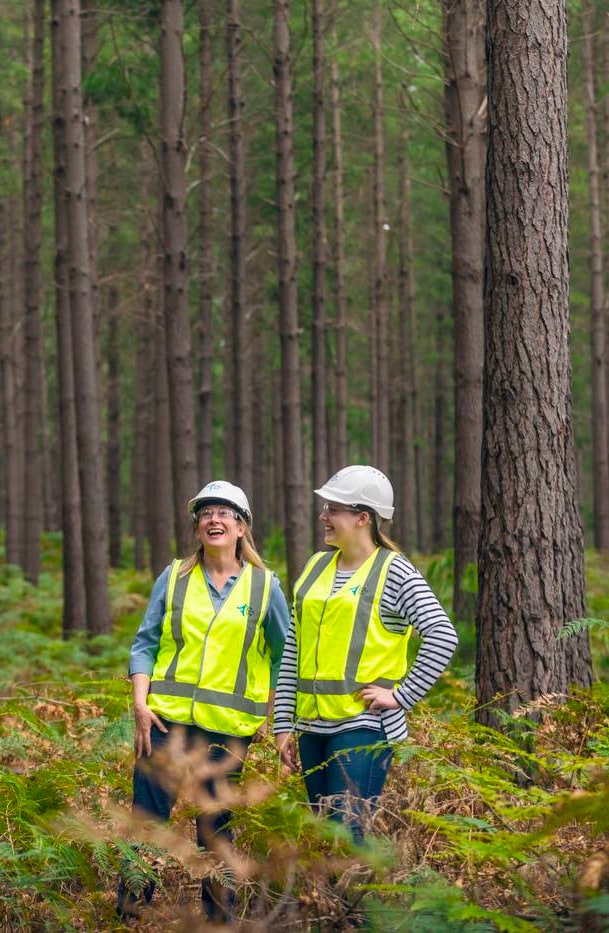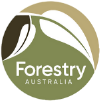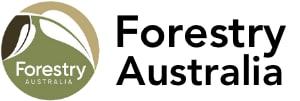
Forestry
noun: the science and craft of creating, managing, conserving, using and caring for forests.
About forestry
Forestry creates, protects and works towards a world of flourishing forests supporting wildlife, livelihoods and a renewable, sustainable future.
Forestry is practiced in natural and planted forests, on public and private land. Following a values-based approach, active forest management maintains and protects forested landscapes in the face of a changing climate and other threats.
Foresters are the scientists and managers who practice forestry. They manage, conserve, repair and create forests for community and environmental benefit.
This dynamic profession involves the application of scientific, economic and social principles to grow and manage our forests sustainably.
Forestry in Australia
Australia has a complex forested landscape with unique and varied ecosystems.
There are 134 million hectares of forests in Australia, covering 17% of the country’s land area. Overall, we have 3% of the world’s forest area and the 7th largest reported forest area of any country worldwide.
This forested landscape is comprised of:
- 132 million hectares of native forests
- 1.95 million hectares of commercial plantations
- 0.47 million hectares of other forest (such as agro-forests and non-commercial planted forests)
(Source: Department of Agriculture, 2020)
Australia imports around one-third of its forest products, $3.5 billion worth (ABARES, 2012). There is an opportunity for much of this to be grown in Australia.

Australia’s forest types
Forestry practices depend on the type of forest and the values a forest is being managed for. In Australia, forestry is based in four main forest types.
Native forests
Native forests are natural forests whose composition is determined by geology, climate, disturbance history, management regimes and other local conditions. These forests have evolved over millennia and are comprised of endemic forest species, making them highly unique and biodiverse. Most of Australia’s native forests are dominated by eucalypts – of which there are approximately 900 species!
Plantations
These are areas of planted trees, usually established for a particular purpose. This is most commonly timber production, but plantations are also planted for soil, water, salinity, carbon, biodiversity or economic benefits. Australia’s commercial plantations are mostly Radiata Pine (Pinus radiata), however, there are also large plantations of eucalypts and other endemic and non-endemic species. Plantations can be owned and managed publicly (by the government) or privately.
Agro-forests
Planted trees and remnant native forests are integrated into private land and agricultural landscapes to provide productivity, biodiversity, erosion mitigation, shelter and other environmental and economic benefits to farming systems.

Urban forests
Remnant native or planted trees are maintained and managed as an ecosystem within cities and urban areas. Urban forests enhance the liveability of cities by mitigating the urban heat island effect. They provide biodiversity and ecosystem services and improve community health and wellbeing, among many other benefits.
Public forest management in Australia
On public land, Australia’s native forests are managed according to a national zoning framework called the Comprehensive Adequate and Representative (CAR) reserve system. The CAR reserve system aims to maintain the full range of forest diversity throughout public forests. At the highest level, public forests are divided into national parks and state forests.
National parks are managed for conservation and tourism. They feature some of Australia’s most special wilderness areas. Despite their name, most national parks actually come under the jurisdiction of state and territory government agencies. 21.7 million hectares of native forest are in formal nature conservation reserves.
State forests are managed by state governments for a broader range of values and uses than national parks. Activities in state forests include firewood and timber harvest, recreation and conservation.
Australia also has many forests where Aboriginal and Torres Strait Islander people have either ownership, management, co-management or other access and use rights. These areas cover more than half of Australia’s forests (69.5 million hectares).
(Source: ABARES, 2020)

